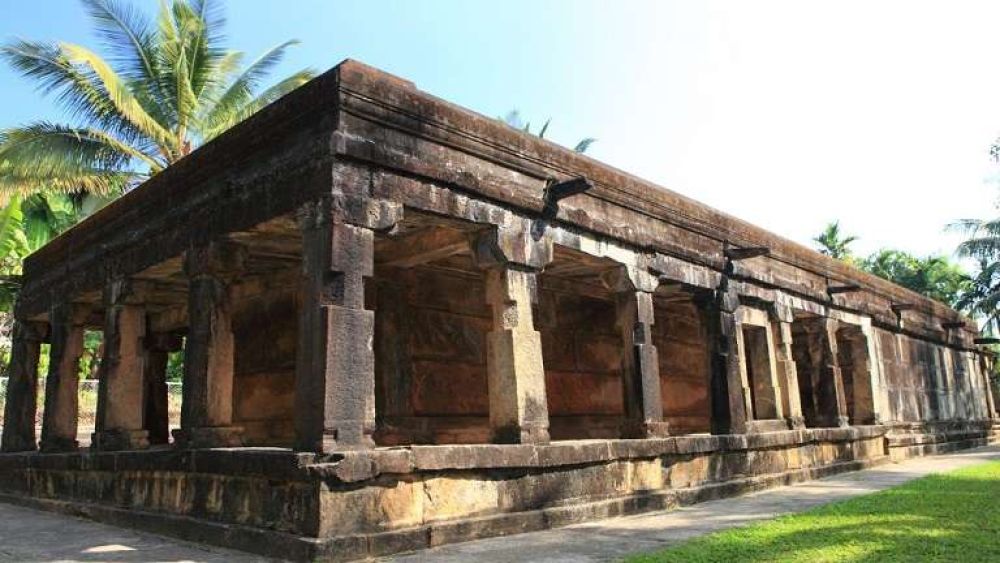

The Jain Temple located in Sulthan Bathery, a small town in the Wayanad district of Kerala, India, stands as a testament to the region's rich historical and cultural tapestry. Originally built in the 13th century, the temple's architecture reflects the influence of Jainism in Kerala during that period.
The Jain Temple in Sulthan Bathery is considered an important part of the heritage of Wayanad. Constructed out of granite, the temple is indicative of the significant Jain population that once resided in the area. It is believed that the temple's name, ‘Sulthan Bathery,’ is derived from its past when it was used as a battery (ammunition store) by the ruler Tipu Sultan during his invasion of the Malabar Coast.
The temple's design adheres to the traditional Jain architectural norms, featuring carved square pillars and a sanctum sanctorum where the main deity once stood. Its historical importance is not just limited to its architecture but also to the impact it signifies of Jain migration and settlement in the South of India.
Over the years, the Jain Temple has attracted tourists, historians, and archaeologists alike, intrigued by its heritage and the imposing tranquility it offers amidst the bustling town. It was declared a protected monument by the Archaeological Survey of India, ensuring its preservation for future generations.
In recent years, there has been a shift in tourism trends with a growing emphasis on sustainable and responsible tourism in Kerala. Visitors are increasingly seeking experiences that are eco-friendly and culturally enriching. The region has responded by offering eco-tours, spice plantation visits, and promoting homestays that provide an authentic experience of local life.
The Jain Temple is open to visitors all year round and serves as a serene escape from the hustle of modern life. It provides a unique opportunity to delve into the history of Jainism's influence in the state of Kerala and to appreciate ancient architectural styles. The temple's calm atmosphere makes it a favored spot for those looking to engage in quiet contemplation and reflection.
For those planning to visit, the monsoon season, which lasts from June to September, offers a lush green backdrop with the landscape of Wayanad coming alive, though travel in the rains requires cautious planning. The cooler months, from October to May, are generally considered the best time to visit the temple and explore Wayanad.
The Jain Temple in Sulthan Bathery is not just a monument of religious significance but embodies the historical narrative of the region. As tourists continue to seek destinations with a story to tell, the temple remains an integral part of Kerala's tourism landscape, inviting visitors to journey through time and explore the depth of its silent, granite walls.